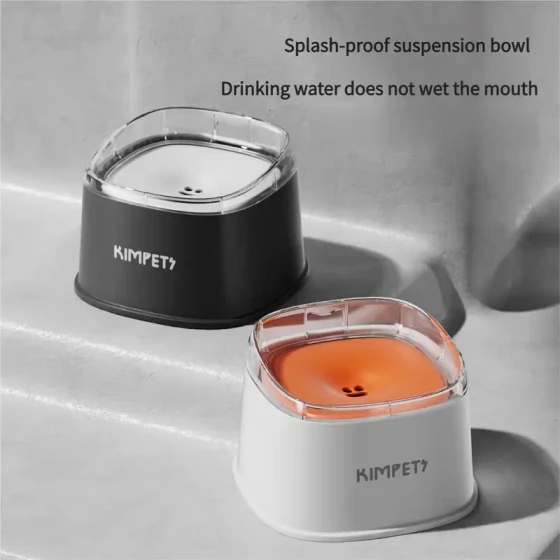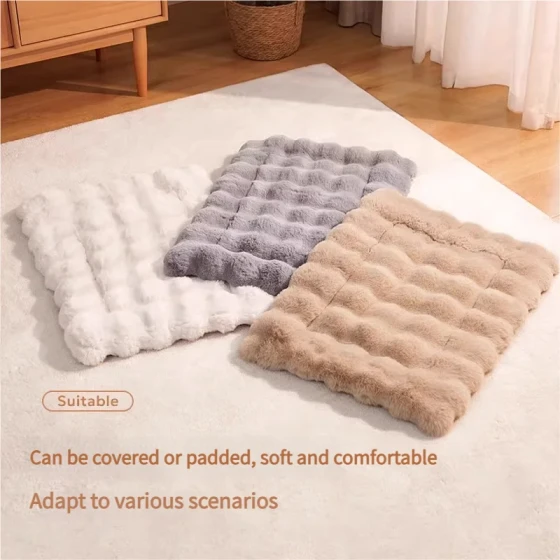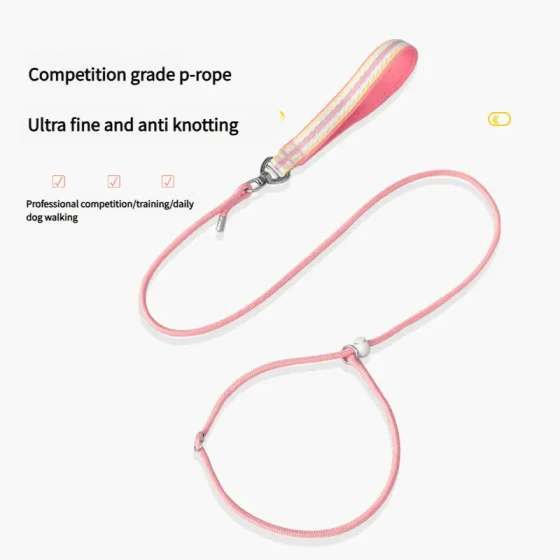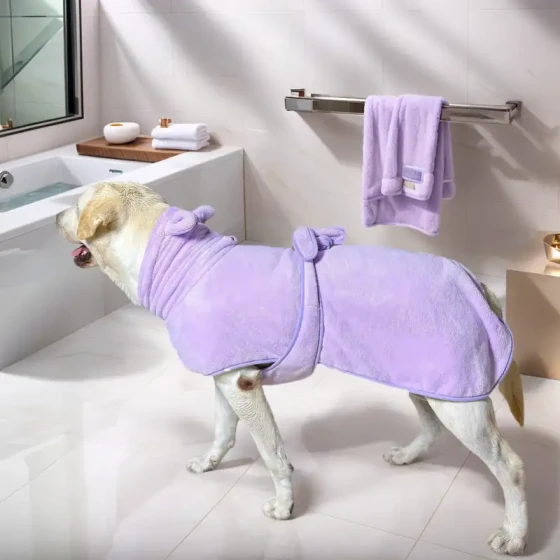Bichon Frise Breed Introduction
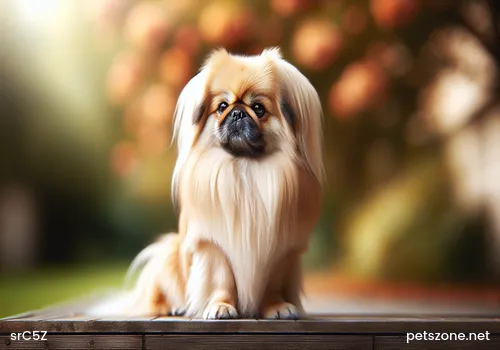
Bichon Frise (Detailed Introduction)
BreedStandard
Bichon Frise Size
Size: Male and female Bichon Frises stand about 9.5 inches to 11.5 inches at the shoulder, with balance as the primary consideration. If the size exceeds this range but the individual proves very excellent, the standard may be relaxed appropriately. However, shoulder height should never exceed 12 inches or be below 9 inches. The minimum shoulder height standard does not apply to puppies. Proportion: Body length (from the foremost point of the chest to the rearmost point of the rump) is approximately 1/4 longer than shoulder height. The distance from withers to the bottom of the chest is about half the distance from withers to the ground. Build: Compact with medium bone. Neither appearing coarse nor delicate.
Hind legs are completely vertical to the ground. Dewclaws can be removed. Pads are tight and round, with black paw pads.
Bichon Frise Coat
The texture of the coat is most important. The undercoat is soft and dense, while the outer coat is rough, coarse, and curly. The combination of the two types of hair creates a soft yet firm feel to the touch, with a springy texture resembling long plush or velvet when patted. After bathing and brushing, the coat stands on the body, producing an overall powder-puff effect. A harsh coat texture is undesirable. Soft coats, silky coats, coats lying flat on the body, or lack of undercoat are very serious faults. Grooming: The coat requires trimming to show the body's natural curves. All parts should appear rounded in color, and trimming should not be too short to avoid an overtrimmed or square appearance. The decorations on the head, whiskers, beard, ears, and tail are kept longer. The long hair on the head is trimmed into a rounded appearance. The topline is trimmed level, and enough coat length must be preserved to maintain the powder-puff look of the breed.
Bichon Frise Color
The coat color is white with light yellow, cream, or apricot shading around the ears or body. Other colors exceeding 10% of the total coat in mature individuals are faults and will be penalized. However, the presence of these allowed colors in puppies is not considered a fault.
Bichon Frise Gait
The trot is free, precise, and easy. Viewed from the side, the extension of the front and rear legs is coordinated; the forequarters extend easily, the hindquarters drive strongly, and the topline remains steady. While moving, the head and neck are carried slightly erect. With increasing speed, the limbs tend to converge toward the body's centerline. When moving away, the distance between the hind legs is moderate, and paw pads are visible. Coming or going, the movement is accurate and correct.
Bichon Frise Temperament
Gentle and well-behaved, sensitive, playful, and affectionate. A joyful attitude characterizes the breed, and it is easily satisfied by small things.
Faults in Bichon Frises
Prognathism, missing teeth; pale eye color, blue, yellow, or gray eyes; pink nose; tail carried upright on the back, drooping, or corkscrew tail; excessively coarse or fine bone in the limbs; bent forearms and wrists; cow hocks; black spots mixed in the coat are all faults.
